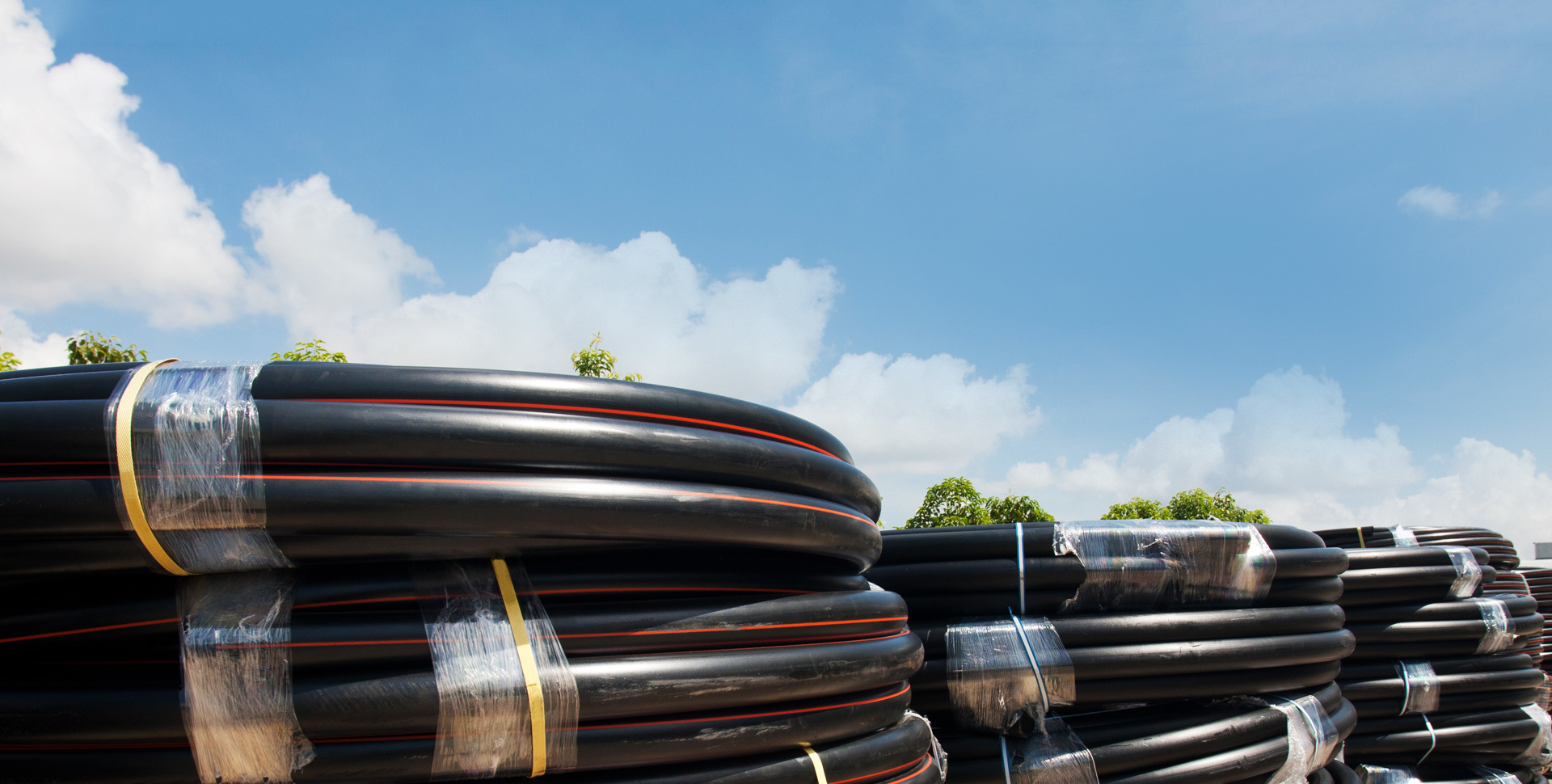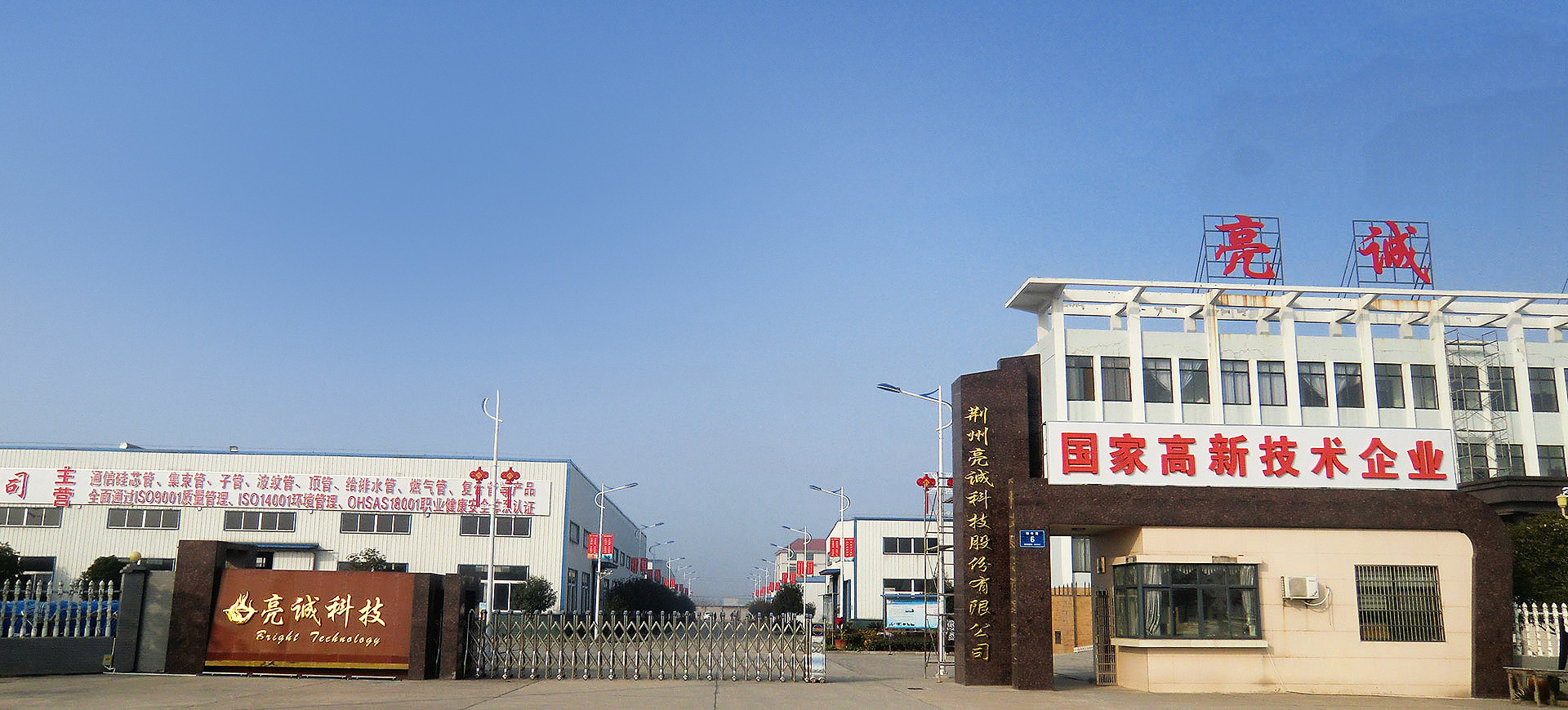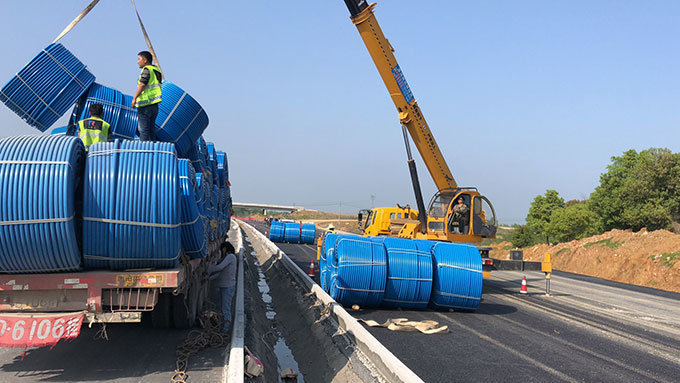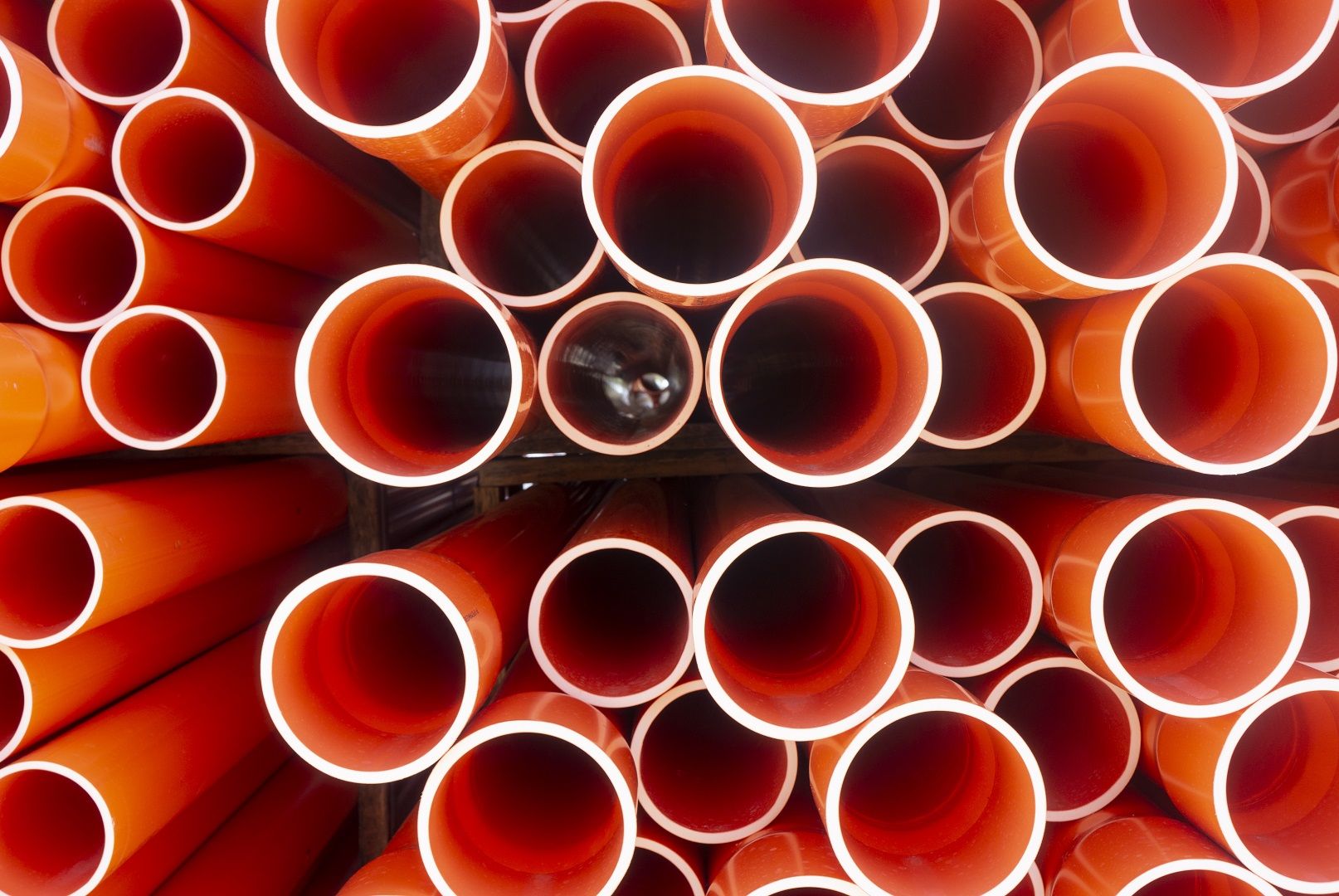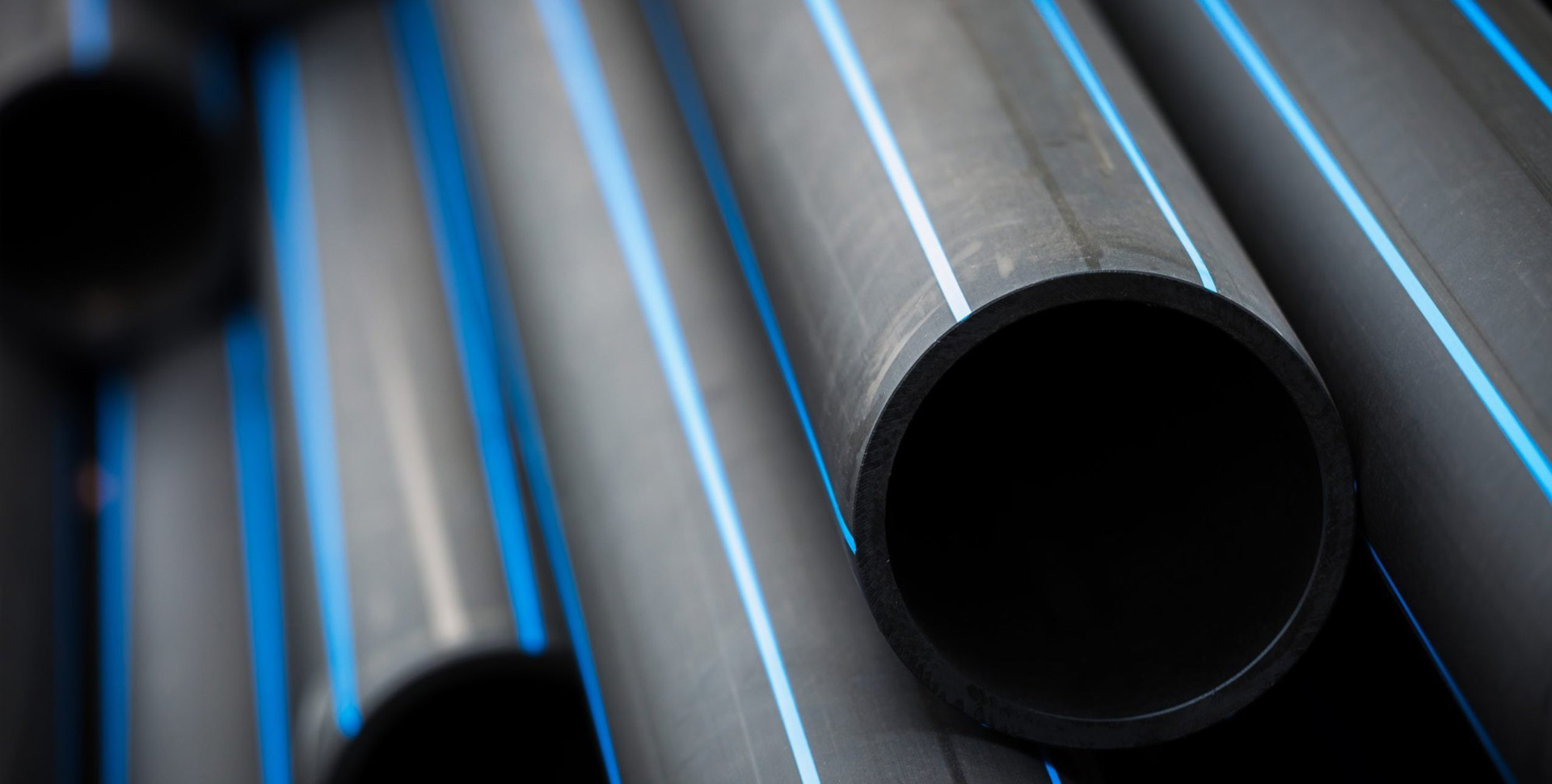Securing Connectivity: The Advantages of Multi-Hole Optical Cable Protection Tubes
Sep 14,2024
Securing Connectivity: The Advantages of Multi-Hole Optical Cable Protection Tubes
Table of Contents
1. Introduction to Multi-Hole Optical Cable Protection Tubes
2. Understanding Fiber Optics and Their Vulnerabilities
3. What Are Multi-Hole Optical Cable Protection Tubes?
4. Key Benefits of Multi-Hole Optical Cable Protection Tubes
4.1 Enhanced Physical Protection
4.2 Improved Cable Management
4.3 Increased Efficiency in Installation
4.4 Cost-Effectiveness Over Time
4.5 Versatile Applications
5. Choosing the Right Multi-Hole Optical Cable Protection Tube
6. Installation Best Practices for Optimal Performance
7. FAQs about Multi-Hole Optical Cable Protection Tubes
8. Conclusion
1. Introduction to Multi-Hole Optical Cable Protection Tubes
In today’s digital age, maintaining a reliable connection is paramount. As the backbone of modern communication, **fiber optic cables** have revolutionized how we transmit data. However, these delicate cables are susceptible to damage from environmental factors and physical stress. This is where **multi-hole optical cable protection tubes** come into play. They not only safeguard the integrity of fiber optic installations but also enhance their efficiency and longevity. This article delves into the various benefits of these protection tubes and how they contribute to securing connectivity in various applications.
2. Understanding Fiber Optics and Their Vulnerabilities
Fiber optic cables are composed of thin strands of glass or plastic fibers, designed to transmit data as light signals. Their advantages over traditional copper cables include higher bandwidth, longer distances, and immunity to electromagnetic interference. However, despite these benefits, fiber optic cables face vulnerabilities such as:
- **Physical damage** from impacts or abrasion
- **Environmental hazards**, including moisture and extreme temperatures
- **Improper handling during installation**
Understanding these vulnerabilities is crucial for ensuring the reliability of fiber optic systems and underscores the importance of utilizing protective solutions like multi-hole optical cable protection tubes.
3. What Are Multi-Hole Optical Cable Protection Tubes?
Multi-hole optical cable protection tubes are specialized conduits designed to house and protect multiple fiber optic cables at once. Unlike traditional single-hole tubes, these multi-hole options allow for organized and efficient routing of multiple cables while ensuring they remain secure and protected from potential damage.
Typically made from durable materials such as **polyethylene** or **PVC**, these tubes come in various sizes and configurations to accommodate different installation needs. Their design not only promotes safety but also facilitates easier maintenance and upgrades in the future.
4. Key Benefits of Multi-Hole Optical Cable Protection Tubes
The adoption of multi-hole optical cable protection tubes offers numerous advantages for both installation professionals and end-users. Below are some of the key benefits:
4.1 Enhanced Physical Protection
One of the primary functions of these tubes is to provide robust physical protection for fiber optic cables. The durable construction of multi-hole optical cable protection tubes shields cables from:
- **Mechanical stress** due to environmental factors
- **Abrasion** from nearby installations and equipment
- **Moisture damage** that could lead to signal degradation
By preventing these issues, these protection tubes ensure that the fiber optic cables maintain their performance and integrity over time.
4.2 Improved Cable Management
Multi-hole optical cable protection tubes facilitate organized cable management. By housing multiple cables within a single tube, technicians can easily route, identify, and manage connections. This organization minimizes the risk of tangling and makes troubleshooting simpler and more efficient.
4.3 Increased Efficiency in Installation
Utilizing multi-hole tubes can significantly streamline the installation process. Instead of handling multiple single-hole tubes, technicians can work with one or a few multi-hole tubes, reducing the time and labor involved. This efficiency not only cuts down on costs but also ensures quicker deployment of network infrastructure.
4.4 Cost-Effectiveness Over Time
While the initial investment in multi-hole optical cable protection tubes may be higher than traditional options, the long-term cost savings are substantial. Their durability leads to lower maintenance and replacement costs, and their ability to minimize installation time translates to reduced labor expenses.
4.5 Versatile Applications
Multi-hole optical cable protection tubes are suitable for a wide array of applications across various industries, including:
- **Telecommunications**
- **Data centers**
- **Building infrastructure**
- **Industrial settings**
This versatility makes them an ideal choice for ensuring robust connectivity in different environments.
5. Choosing the Right Multi-Hole Optical Cable Protection Tube
When selecting multi-hole optical cable protection tubes, several factors need to be considered to ensure optimal performance and compatibility with existing systems:
- **Diameter and number of holes**: Assess the number of cables to be routed and their respective diameters.
- **Material**: Depending on the environment, choose between materials such as PVC or polyethylene for durability and flexibility.
- **Temperature resistance**: Ensure the tube can withstand the temperature ranges of the installation environment.
- **Flexibility**: If the installation requires bending or turning, select tubes that offer the necessary flexibility without compromising protection.
By carefully evaluating these factors, users can ensure they select the most appropriate multi-hole optical cable protection tubes for their specific needs.
6. Installation Best Practices for Optimal Performance
To maximize the benefits of multi-hole optical cable protection tubes, following best practices during installation is crucial:
- **Plan the layout**: Before installation, plan the routing of the tubes meticulously to avoid unnecessary bends and kinks.
- **Use proper tools**: Utilize specialized tools to cut and secure the tubes without damaging the cables inside.
- **Regularly inspect**: Conduct routine inspections to ensure that the tubes remain intact and secure over time.
- **Document the installation**: Keep records of the installation layout and configurations for future reference, making maintenance and upgrades easier.
Following these guidelines will help ensure that the multi-hole optical cable protection tubes function as intended, providing long-lasting protection.
7. FAQs about Multi-Hole Optical Cable Protection Tubes
What materials are multi-hole optical cable protection tubes made from?
Multi-hole optical cable protection tubes are typically made from durable materials such as PVC or polyethylene, which provide excellent resistance to environmental stressors.
Can multi-hole optical cable protection tubes be used outdoors?
Yes, many multi-hole optical cable protection tubes are designed for outdoor use and can withstand various weather conditions. Always check the specifications to ensure they are suitable for outdoor applications.
How do I know what size tube I need?
Determine the total diameter of the cables you plan to route and select a tube that can comfortably house them without excessive compression.
Are multi-hole optical cable protection tubes flexible?
The flexibility of the tubes varies by material and design. Many options are available that allow for bends and turns while maintaining protection.
What are the common applications for multi-hole optical cable protection tubes?
These tubes are frequently used in telecommunications, data centers, building infrastructure, and industrial environments to secure multiple fiber optic cables.
8. Conclusion
In conclusion, **multi-hole optical cable protection tubes** represent a crucial component in securing and maintaining the integrity of fiber optic installations. Their numerous benefits—ranging from enhanced physical protection to improved cable management and cost-effectiveness—make them an invaluable asset for professionals in various industries. By choosing the right products and following best installation practices, organizations can ensure reliable connectivity and maximize the performance of their fiber optic systems for years to come.
Latest News

